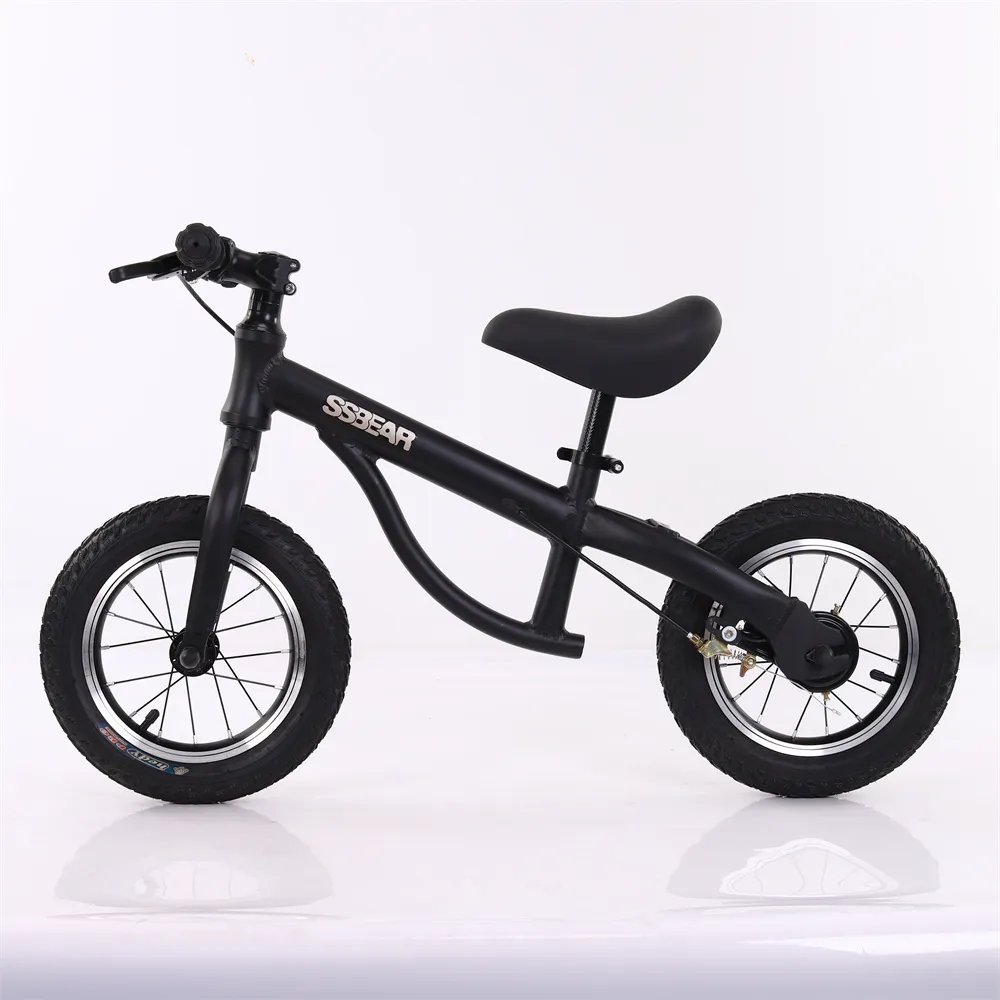Exploring the Cost Range of Mountain Bikes for Enthusiasts and Beginners
Understanding MTB Bike Prices A Comprehensive Guide
Mountain biking (MTB) has become increasingly popular over the years, transforming from a niche sport to a mainstream recreational activity. With the surge in interest comes a vast range of mountain bikes, catering to diverse riding styles, terrains, and budgets. As prospective buyers take on the task of selecting the right MTB, understanding the price range and what influences these costs becomes essential.
The Price Range
Mountain bikes are available at various price points, typically ranging from a few hundred dollars to several thousand. Entry-level MTBs can often be found for around $300 to $800. These bikes are ideal for beginners or casual riders, possessing basic features suitable for light trail riding. They often come with aluminum frames, simple gear systems, and basic suspension, making them accessible and user-friendly.
Mid-range bikes, generally priced between $800 and $2,500, offer significant upgrades in components and performance. These bikes often include better-quality suspension systems (both front and full suspension), lightweight frames, and more refined gear setups. Mid-range models are suitable for serious enthusiasts looking to tackle more challenging trails without breaking the bank.
For avid mountain bikers, high-end bikes priced from $2,500 to over $10,000 provide top-tier performance and advanced technology. These bikes are constructed using high-grade materials like carbon fiber, and they feature components that enhance durability, weightlessness, and overall performance. Such bikes often include cutting-edge suspension technologies, electronic shifting, and other sophisticated features that experience riders crave.
Factors Influencing MTB Prices
Understanding why mountain bike prices vary so widely requires a closer look at several key factors
mtb bike price

1. Frame Material The frame is one of the most critical components affecting a bike's price. Aluminum frames are common in entry-level bikes due to their affordability and decent durability. In contrast, carbon fiber is a premium material used in high-end models, offering a lighter weight and increased stiffness, but at a significantly higher cost.
2. Suspension Type Mountain bikes generally come with two types of suspension hardtail (front suspension only) and full suspension (both front and rear). Full-suspension bikes provide better shock absorption, making them more suitable for rough terrains but also tend to be pricier due to the complexity of the design.
3. Components and Technology The quality of components, such as gears, brakes, and wheels, affects the overall price. Higher-end bikes often feature advanced gearing systems (like Shimano’s XT or SRAM’s X01) and hydraulic disc brakes, which provide better performance and reliability but come at a premium.
4. Brand Reputation Established brands often charge more for their bikes, partly due to their reputation for quality and innovation. Brands like Trek, Cannondale, and Specialized have loyal followings and typically offer extensive warranties and customer service, which can justify the higher price.
5. End Use and Specialization Bikes designed for specific purposes, such as downhill racing or cross-country riding, may have unique features and designs that cater to those activities. These specialized bikes can significantly increase the price based on their unique capabilities.
Conclusion
When considering an MTB purchase, potential buyers should carefully evaluate their riding style, budget, and the features that matter most to them. While it can be tempting to opt for the lowest-priced option, investing in a bike with quality components and appropriate specifications for your riding needs is crucial for a rewarding mountain biking experience. Whether you are a casual rider or an experienced mountain biking enthusiast, understanding the factors that influence MTB prices can help you make an informed decision and choose a bike that aligns with your cycling ambitions. As the market continues to evolve, there are always great options available, regardless of where you sit on the MTB experience spectrum.
-
Three-Wheel Light-Up Scooter Benefits for KidsNewsJul.11,2025
-
The Importance of Helmet Safety When Using a Kids ScooterNewsJul.11,2025
-
Nurturing Early Mobility with an Infant ScooterNewsJul.11,2025
-
How to Choose the Safest Tricycle for KidsNewsJul.11,2025
-
Fixing a Squeaky Baby Push Tricycle in MinutesNewsJul.11,2025
-
Cleaning and Maintaining a Tricycle for Big KidNewsJul.11,2025
-
Unleash Fun and Safety with Our Premium Kids Scooter CollectionNewsJun.06,2025








